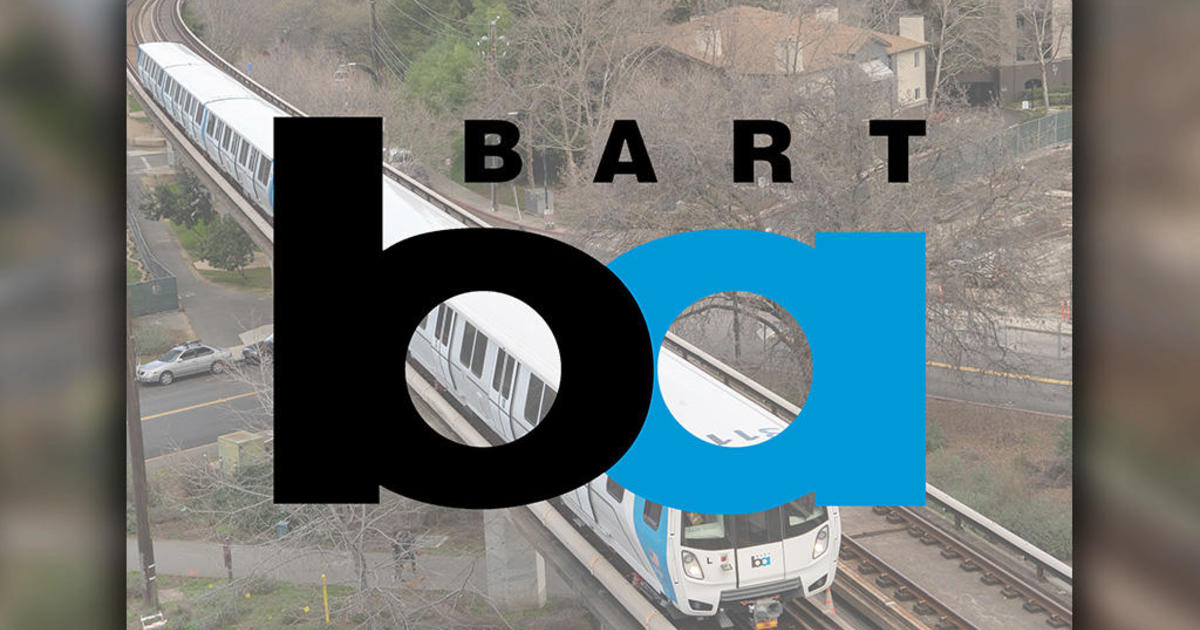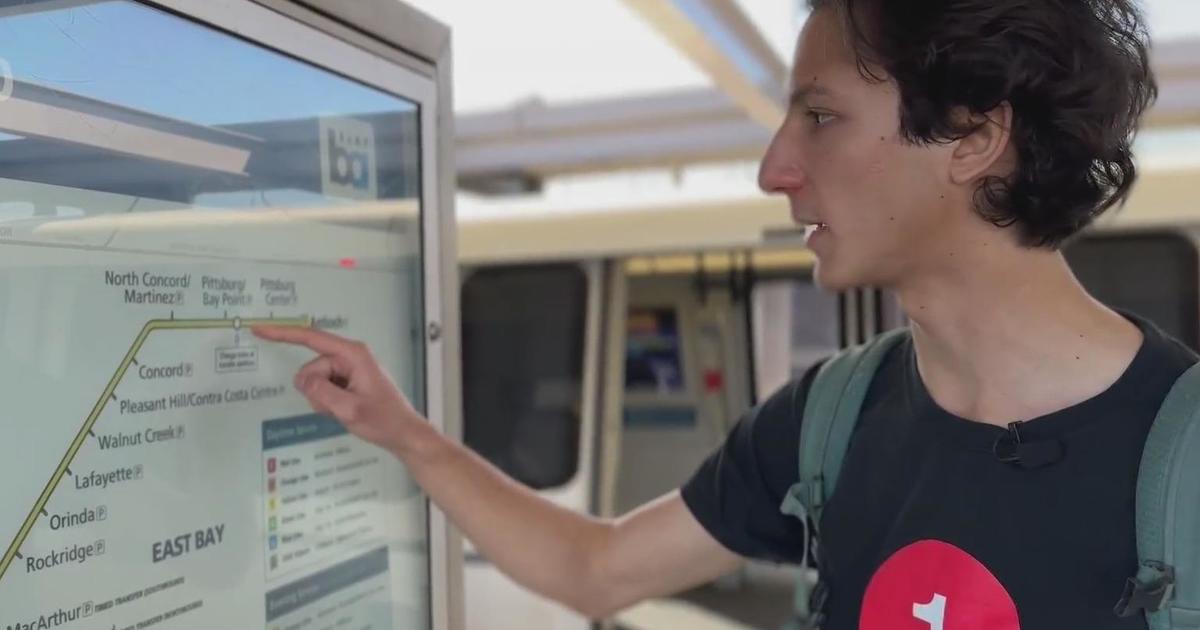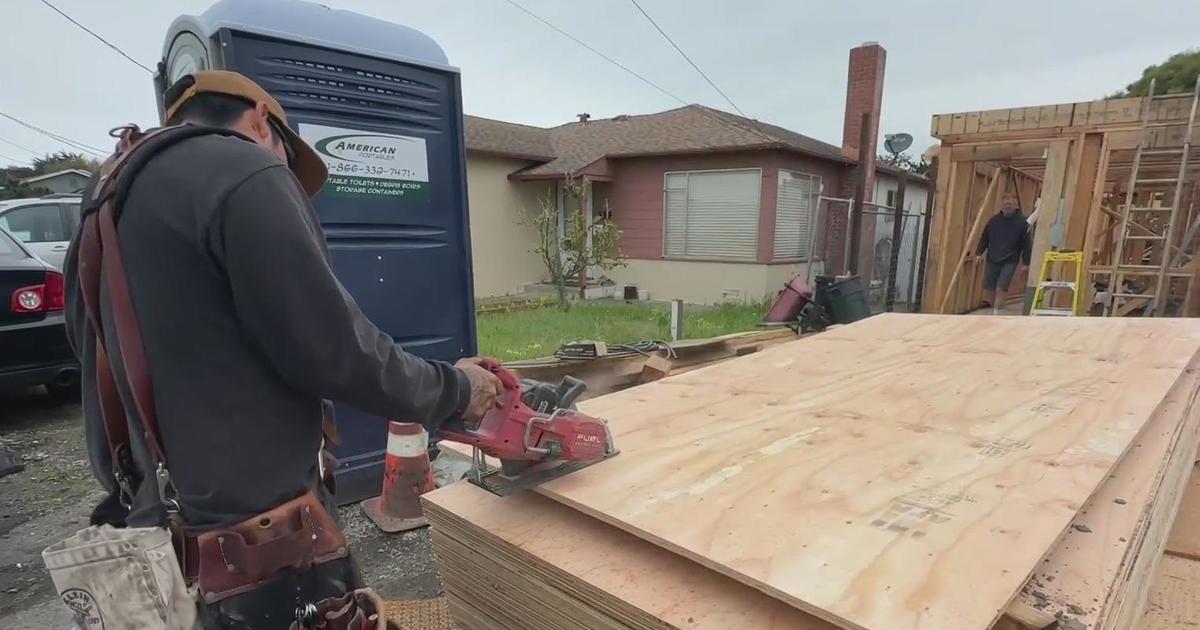BART Officials Weigh How To Boost Ridership As COVID-19 Restrictions Loosen
SAN FRANCISCO (KPIX 5) -- The coronavirus pandemic has hit transit agencies across the Bay Area hard, with BART still operating at slightly more than 10 percent of normal ridership.
The question that BART officials face: What will it take to make people comfortable to ride the train again?
At midday on a Monday, downtown San Francisco is so quiet it looks like somebody hit the pause button. Still, as business slowly begins to reawaken, BART trains look nothing like normal.
A few months ago, riders were regularly packed into the cars like sardines at commute time.
"It does feel liberating to not be going through those turnstiles with crowds of people everyday. And now I felt like I was the only one taking BART," said rider Josh Colwell outside the Embarcadero Station.
That, of course, is a huge problem for BART; How to build ridership back up when we've all been taught to fear being around others.
"…and also, just the feeling that I can't really touch anything," said BART rider Marcelo Steinkemper, "just kind of a weird mental game that I don't want to touch the seats or any of the hand railings."
Recently, BART addressed the public's hesitancy with a 15-step plan to welcome riders back. It begins with cleaning. Officials say they use disinfectant foggers in each car at the end of each day. While that may kill germs, it doesn't really address the less than pristine look of many of the cars.
"You know, the window sill or the window may look dirty. That does not mean the car wasn't disinfected," said BART spokesperson Alicia Trost. "And our focus right now is truly on disinfecting and wiping the touch points."
"I can deal with the touching," said SF resident Karen Liao. "I don't usually touch it, anyway, in any circumstance. But you can't help breathing other people's air."
That seems to be the major obstacle BART faces. They are trying to restrict cars to 30 people to allow for social distancing. In fact, the trains coming from Pittsburg/Bay Point were exceeding that, leading BART officials to add more frequent service on Monday.
But BART cars are not like a restaurant where they can space seats six feet apart. If and when ridership increases, it may become too uncomfortable for some people to handle.
"It's just getting used to coming back to situations where you're sharing space with someone," Trost said. "And it really comes down to the face masks. We need to make sure our riders have access to face masks and that they're wearing face masks."
But face masks offer only limited protection, especially for long periods in enclosed spaces. The truth is, the coronavirus has a lot of people spooked. Memories of how crowded BART used to be are hard to ignore.
Rider Tra'bon Clay believes there is really only one solution to the problem. He said if he owned a car he wouldn't spend time on BART at all.
"I say the sickness…it needs to go away. We need to find a cure. Because it [BART] is a confined space," Clay said.
And BART is expecting it to be a slow recovery. Their most optimistic projection for next year is that ridership will be about half of what it was before the pandemic.



